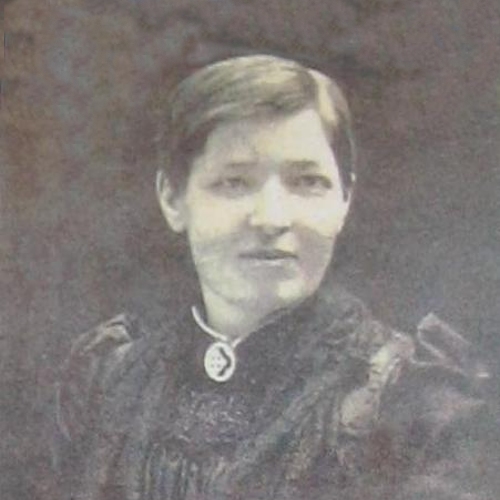Mary Slessor, 1848-1915, was a Scottish Presbyterian missionary to Africa. She made a huge impact on Nigeria and beyond. One source claims “much of West Africa was evangelised due to the open door that Mary Slessor created for the next generation of missionaries to follow after her. Today, hospitals, schools, orphanages and churches all stand because of the impact Mary Slessor left in West Africa.”
I have been moved as I have researched the life of this remarkable Scottish pioneer. What can we learn from her life and work?
1. She ‘redeemed’ a tough childhood. Born into a poor working-class family, she lived in the slums of Dundee and had no proper education. Her father Robert Slessor was a shoemaker by trade but he was an alcoholic and, unable to keep up shoemaking, took a job as a labourer in a mill. He was reported to have forced Mary out on the streets for days, leaving her hungry and abandoned. But she turned those unhappy experiences into a passion to rescue African children. Her most often chronicled ministry was to twins born in certain tribes in Nigeria. There was a belief that the birth of twins was considered a particularly evil curse. Natives feared that the father of one of the infants was a ‘devil child’, and that the mother had been guilty of a great sin. Unable to determine which twin was fathered by the evil spirit, both babies were often abandoned to die. Mary adopted every such child she found abandoned, while sending out “twins’ missioners” to find them and bring them to the Mission House. It was reported that some mission compounds were “alive with babies”.
2. The influence of a godly mother. Her mother was a spiritual woman who read each issue of the Missionary Record, a monthly magazine published by the United Presbyterian Church to inform members of missionary activities and needs. The life of David Livingstone, the great missionary to Africa, inspired Mary. When she heard of his death, she determined to follow in his footsteps as a missionary to Africa. She applied to the United Presbyterian Church’s Foreign Mission Board. After training in Edinburgh, she set sail in the SS Ethiopia on 5 August 1876. What if her mother had had no interest in cross cultural mission, or had not sown those seeds into her heart?
3. Mary lived with the people she wanted to reach rather than in a mission compound. She went to live in the huts and villages of the people, leaving no barrier between her and them. For 15 years she lived with the Okoyong and the Efik peoples. She learned to speak the native Efik language and made close personal friendships amongst them. She entered into the lives of the people she was reaching with the Gospel. She developed a deep knowledge of local customs and culture. She allowed herself to be transformed by the people. She adopted every practice of theirs that she could, unless it conflicted with the Bible’s truths. She wore tribal woman’s clothing. This Scottish woman was practically a native.
4. She had a deep faith in God. She prayed: “Lord, the task is impossible for me but not for Thee. Lead the way and I will follow. Why should I fear? I am on a Royal Mission. I am in the service of the King of Kings.”
5. She allowed the Lord to define her specific call. She had a particular burden for the Okoyong tribe because violence, drugs and slavery was so destructive to their tribe. Theirs was a place where darkness reigned through poverty, murder and disease.
6. She had a wide ministry. Mary evangelised, settled disputes, established social changes and introduced Western education. One success was to create a basic economy to the Okoyong tribe. Not only did this serve as a unifying factor for the tribespeople, but the trading helped to create better relationships with the surrounding tribes. Other achievements included the strengthening of women’s rights, innocent children being rescued, education systems, orphanages.
7. She overcame difficulties and struggles. She contracted malaria in 1879 and then again three years later, forcing her to return twice to Scotland to recover. Back again in Calabar, Slessor received news that her mother and sister had died. She was overcome with loneliness, writing, “There is no one to write and tell my stories and nonsense to.”
But she laid hold of the Lord in her pain. “Heaven is now nearer to me than Britain, and no one will worry about me if I go up country.”
When Mary died on 13 January 1915 she was given something like a state funeral in Nigeria. To some Nigerians she is simply remembered as “Mother of All The Peoples”. How amazing for one who began in the slums of Dundee.



